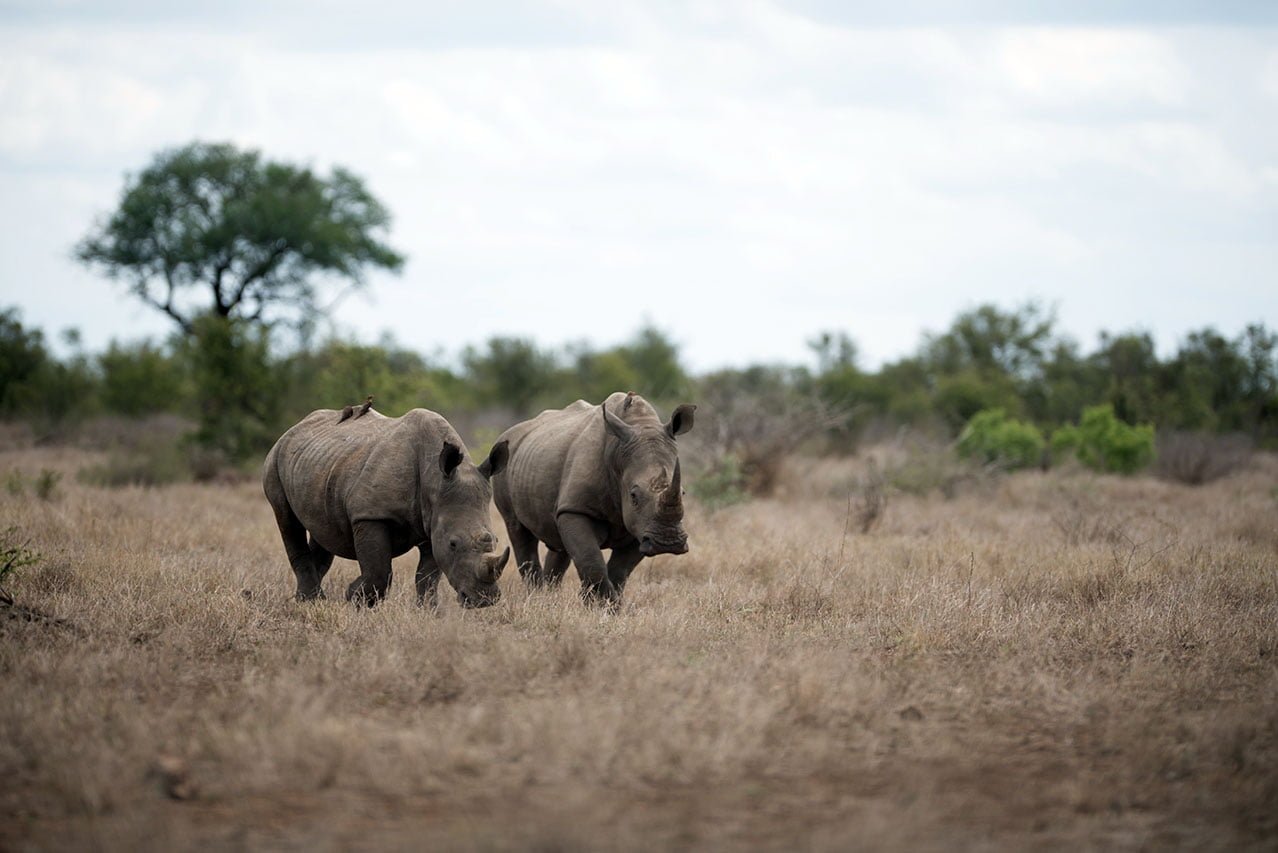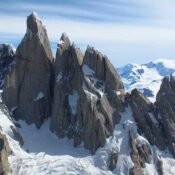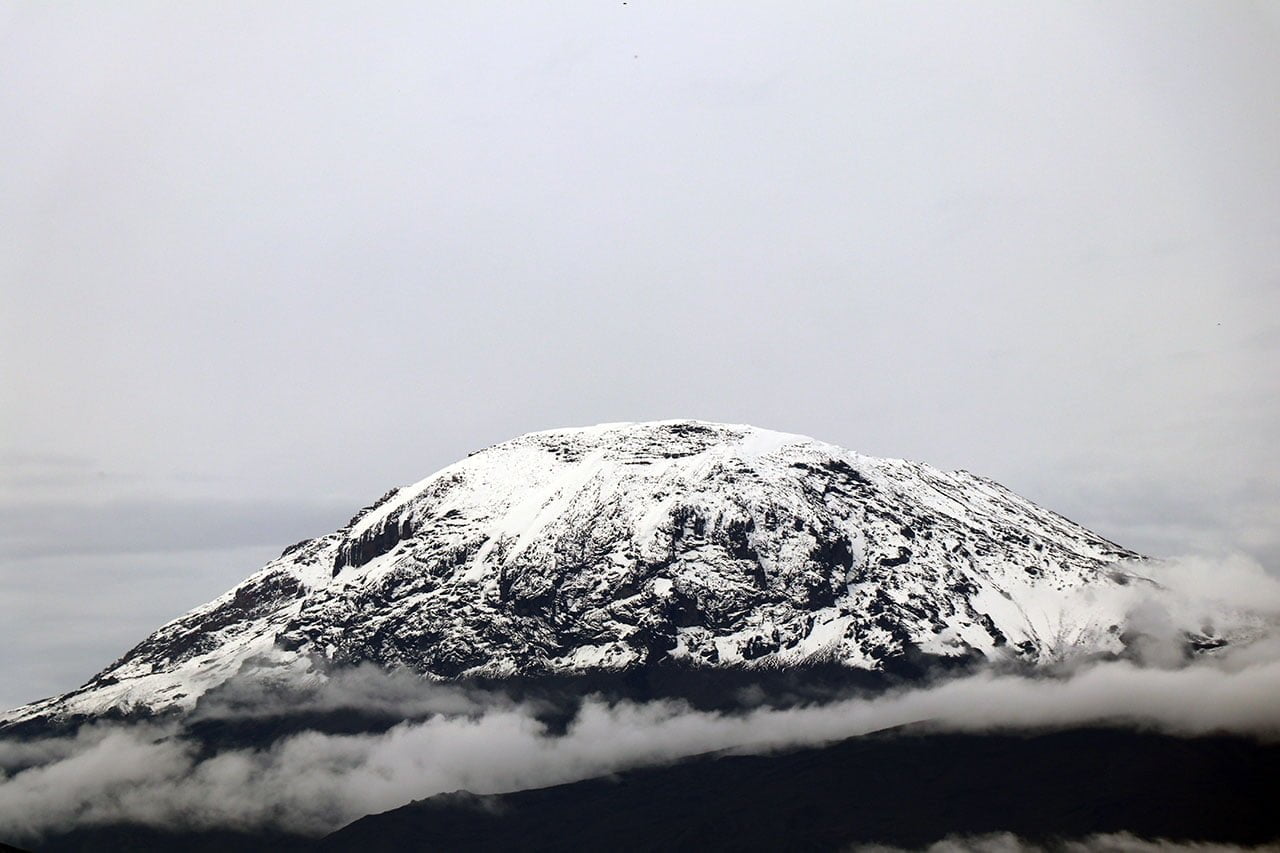
Exploring the Mountains of Tanzania: A Journey Through Altitude
Tanzania is a country blessed with a diverse and breathtaking natural landscape, where its mountain ranges stand out as some of the most significant geographical features. These ranges not only contribute to the country’s stunning scenery but also play a crucial role in its biodiversity and environmental stability. Among the prominent ranges, the Eastern Arc Mountains, the Rubeho Mountains, and the Kipengere Range are particularly noteworthy.
The Eastern Arc Mountains, often referred to as the “Galápagos Islands of Africa,” are a series of ancient mountain ranges stretching from the Taita Hills in Kenya to the southern highlands of Tanzania. These mountains are renowned for their rich biodiversity, housing numerous endemic species of flora and fauna, making them a critical area for conservation efforts. The Rubeho Mountains, part of the Eastern Arc, are equally significant, offering a unique ecosystem that supports a variety of wildlife and plant species.
The Kipengere Range, also known as the Livingstone Mountains, lies in the southwestern part of Tanzania. This range is characterized by its rugged terrain and high-altitude plateaus, providing a habitat for a diverse array of species. The Kipengere Range is an essential water catchment area, contributing to the flow of several major rivers in the region.
Dominating the Tanzanian landscape is Mount Kilimanjaro, the highest peak in Africa, soaring to an impressive 5,895 meters. This iconic mountain, with its snow-capped summit, attracts trekkers and climbers from around the world, offering a challenging yet rewarding experience. Kilimanjaro is not just a physical landmark but also a symbol of Tanzania’s natural heritage, embodying the country’s spirit of adventure and resilience.
These mountain ranges collectively enhance Tanzania’s natural landscape, supporting a rich tapestry of biodiversity and providing vital ecological services. As we delve deeper into each of these majestic mountains, we will uncover the unique features and significance of Tanzania’s high-altitude wonders.
The Allure of Mount Kilimanjaro
Mount Kilimanjaro, the highest peak in Africa, stands majestically at 5,895 meters above sea level. This dormant stratovolcano, located in Tanzania, has captivated the imagination of adventurers and climbers from all corners of the globe. Kilimanjaro’s rich history dates back to ancient times when it was revered by local tribes as a sacred site. Geologically, it comprises three volcanic cones: Kibo, Mawenzi, and Shira, with Kibo being the tallest and most prominent.
The cultural significance of Mount Kilimanjaro is deeply embedded in the local Chagga and Maasai communities, who have lived in its shadow for centuries. The mountain’s allure is not solely based on its imposing height but also the diverse ecosystems encountered along the ascent, ranging from lush rainforests to alpine deserts and, ultimately, the snow-capped summit. This unique journey through various climatic zones makes climbing Kilimanjaro a once-in-a-lifetime experience.
There are several routes to the summit, each offering its unique challenges and scenic vistas. The Marangu Route, often referred to as the “Coca-Cola Route,” is the oldest and most established path. It provides hut accommodations and is considered one of the easier routes, though it still demands significant physical effort. The Machame Route, known as the “Whiskey Route,” is more strenuous and offers breathtaking views, making it a favourite among experienced climbers. The Lemosho Route, recognized for its beauty and lower traffic, provides a longer, more gradual ascent, allowing better acclimatization to the altitude.
Climbing Kilimanjaro is not without its challenges. The high altitude poses a significant risk of altitude sickness, requiring climbers to undertake thorough physical and mental preparation. Proper acclimatization, hydration, and a slow, steady pace are crucial for a successful ascent. Despite these challenges, countless climbers have reached the summit, each with inspiring stories of perseverance and triumph. Their journeys are a testament to the human spirit’s resilience and the mountain’s enduring allure.
Exploring the Lesser-Known Peaks
While Mount Kilimanjaro frequently steals the spotlight, Tanzania is home to several other remarkable mountains that offer equally mesmerizing experiences for hikers and nature enthusiasts. Mount Meru, the Usambara Mountains, and the Uluguru Mountains are among these hidden gems, each boasting unique flora, fauna, and cultural significance.
Mount Meru, standing at 4,566 meters, is Tanzania’s second-highest peak and provides a challenging yet rewarding climb. The mountain’s lower slopes are adorned with lush forests teeming with wildlife such as colobus monkeys, buffalo, and a variety of bird species. As hikers ascend, they transition through diverse ecosystems, including montane forests and alpine deserts. Mount Meru is also culturally significant to the local Meru people, who revere it as a sacred site. The best time to climb Mount Meru is during the dry seasons, from June to October and December to February. Popular trails include the Momella Route, which offers stunning views of Kilimanjaro and the Arusha National Park.
The Usambara Mountains, located in northeastern Tanzania, are renowned for their rich biodiversity and verdant landscapes. These mountains are part of the Eastern Arc Mountains, often referred to as the “Galápagos of Africa” due to their unique plant and animal species. Hikers can explore lush rainforests, encounter endemic species like the Usambara eagle owl, and visit picturesque villages where local communities have preserved their traditional way of life. The best time to visit the Usambara Mountains is from June to October when the weather is relatively dry. Recommended trails include the Magamba Nature Forest Trail and the Irente Viewpoint Trail, both offering breathtaking vistas of the surrounding valleys and plains.
Meanwhile, the Uluguru Mountains, situated near the city of Morogoro, offer a blend of natural beauty and cultural heritage. These mountains are home to the Luguru people, who have lived in harmony with their environment for centuries. The Ulugurus are covered in montane rainforests that are home to several endemic plant species and a wide array of birdlife. Hikers can enjoy trails such as the Bondwa Peak Trail, which provides panoramic views of the Morogoro region. The ideal time to explore the Uluguru Mountains is during the dry months of June to October and December to February.
Travellers who have ventured into these lesser-known peaks often share tales of awe and inspiration. For instance, Sarah, a seasoned hiker, recounts her experience in the Usambara Mountains: “The tranquility and sheer beauty of the forests were unparalleled. Every step was a discovery, from vibrant butterflies to the warm hospitality of the villagers.”
In essence, Tanzania’s lesser-known mountains offer a treasure trove of experiences for those willing to venture off the beaten path. Whether it’s the challenging ascent of Mount Meru, the biodiversity of the Usambara Mountains, or the cultural richness of the Uluguru Mountains, each promises an unforgettable adventure.
Preparing for Your Mountain Adventure
Embarking on a mountain adventure in Tanzania requires meticulous preparation to ensure a safe and enjoyable experience. Essential gear and equipment are key components of your preparation. Make sure to pack high-quality hiking boots, moisture-wicking clothing, a reliable sleeping bag, and weather-appropriate outerwear. Given the unpredictable weather conditions in mountainous regions, layering your clothing will provide flexibility and warmth. Additionally, trekking poles, a sturdy backpack, and a first aid kit are indispensable items for your journey.
Physical fitness is equally important when tackling Tanzania’s challenging terrains. Engage in regular cardiovascular and strength training exercises to build the stamina and resilience needed for high-altitude trekking. Activities such as hiking, running, and weight lifting will enhance your endurance and muscular strength, preparing your body for the rigorous demands of mountain climbs.
Acclimatization is crucial to prevent altitude sickness, a common challenge faced by trekkers in high-altitude environments. Allow your body sufficient time to adjust by gradually increasing your elevation over several days. Hydration is vital, so drink ample water and avoid alcohol and caffeine, which can exacerbate dehydration. Consider consulting with a healthcare provider about medications like acetazolamide, which can help mitigate the effects of altitude sickness.
Travel logistics should not be overlooked. Secure necessary permits and consider hiring experienced guides who are knowledgeable about local regulations and terrain. Guides provide invaluable support and enhance safety, particularly in unfamiliar or difficult areas. Familiarize yourself with the best trekking seasons; typically, the dry seasons from June to October and December to February offer favourable weather conditions for mountain expeditions.
Sustainable and responsible tourism practices are essential to preserve Tanzania’s pristine mountain ecosystems. Avoid leaving waste behind, respect local wildlife, and adhere to established trails to minimize environmental impact. Supporting local communities by engaging with eco-friendly tour operators and purchasing local goods contributes to the preservation of the cultural and natural heritage of these regions.





